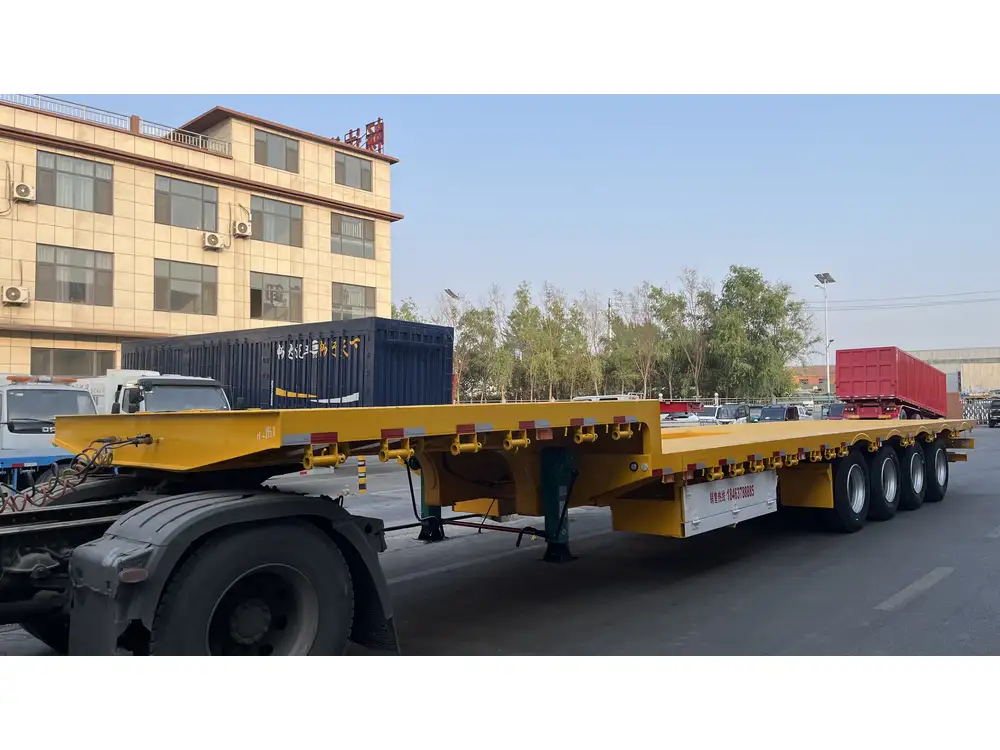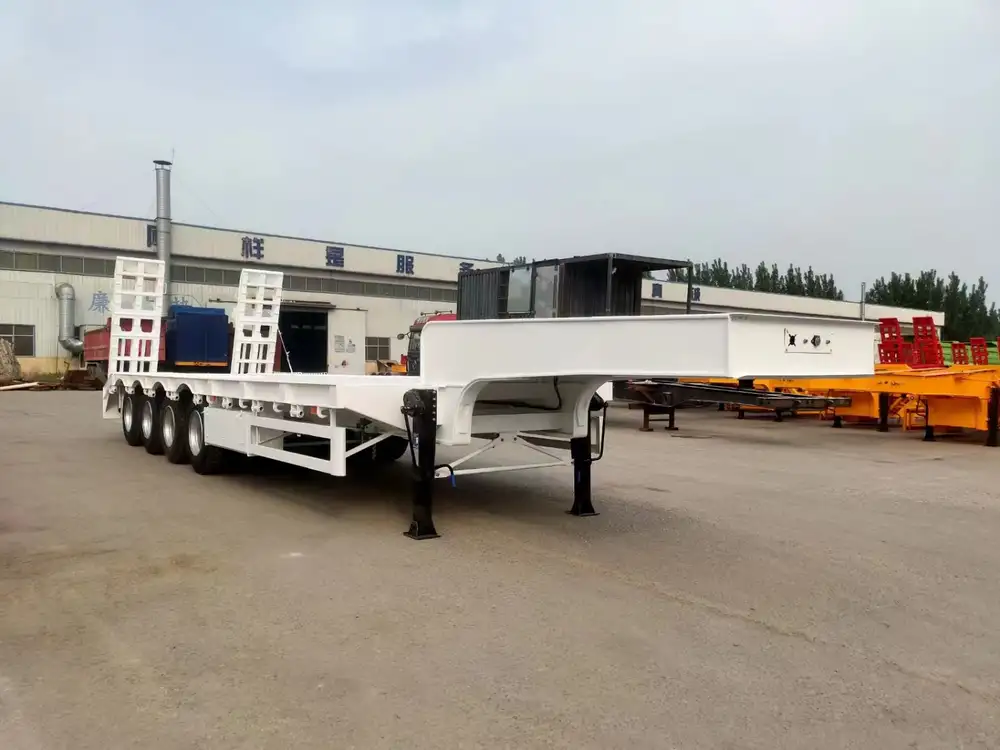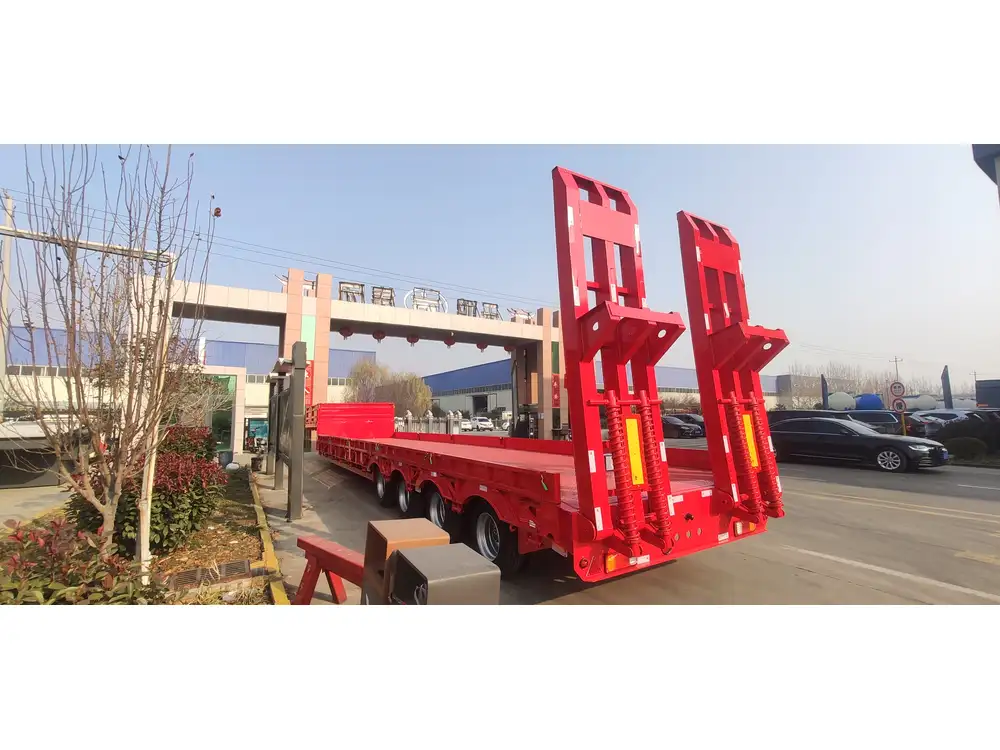Building an ATV dump trailer is a practical and rewarding undertaking, perfect for those looking to optimize their utility vehicles for hauling and dumping tasks. Whether you’re managing a farm, working on landscaping, or just needing extra help for outdoor project, an ATV dump trailer can significantly enhance your efficiency. This guide provides an extensive walkthrough on how to build an ATV dump trailer, examining each step in detail and offering valuable insights into the components, materials, and tools required to accomplish this project effectively.
Understanding the Purpose of an ATV Dump Trailer
ATV dump trailers are essential for various applications, including:
- Landscaping: Transporting soil, mulch, or rock.
- Farming: Hauling feed, fertilizer, or tools.
- Recreational Use: Carrying camping gear, firewood, or other supplies.
- Construction Projects: Moving debris or equipment.
Advantages of Building Your Own ATV Dump Trailer
| Advantages | Description |
|---|---|
| Cost-Effective | Save on labor costs and purchase material in bulk. |
| Customization | Tailor the trailer to your specific needs. |
| Quality Control | Ensure high-quality construction with personal oversight. |
| Skill Development | Enhance your DIY skills and understand vehicle mechanics. |

Ideal Materials for Construction
Selecting the right materials is crucial for building an efficient and durable ATV dump trailer. Here’s a list of recommended materials:
- Frame: Steel tubing (2″x2″ or 2″x4″) for strength and stability.
- Bed: Plywood or aluminum sheets for durability and lightweight characteristics.
- Axle: A 2000-lb capacity axle to handle heavy loads effectively.
- Wheels: 12-inch tires compatible with your ATV’s hitch size.
- Hitch: A standard ATV ball hitch or pin-style hitch for secure attachment.
- Dump Mechanism: A manual or hydraulic lift system for easy unloading.
- Fasteners: High-strength bolts, nuts, and washers to secure components.
Tools You Will Need
Before starting the construction, ensure you have access to the following tools:
- Wrenches and Sockets: For assembling the frame.
- Drill and Drill Bits: For creating holes in metal and wood.
- Saw (Chop or Circular): For cutting materials to the desired dimensions.
- Welding Machine: For joining steel components (if applicable).
- Measuring Tape: To ensure accurate measurements.
- Level: For ensuring a balanced trailer.
Step-by-Step Construction of Your ATV Dump Trailer

Step 1: Planning and Design
Start by sketching a blueprint of your trailer. Incorporate dimensions that suit your ATV and intended use. Common dimensions for an ATV dump trailer are approximately 5-6 feet long by 3-4 feet wide with a height of around 12-18 inches at the bed.
Step 2: Frame Construction
- Cut the Steel Tubing: Create the main frame using your measurements—cut two long pieces for the sides and several shorter pieces for cross-support.
- Weld the Frame: Assemble the pieces into a rectangular frame, ensuring corners are squared.
- Install Cross Members: Add diagonal and cross members for additional support.
Step 3: Installing the Axle and Wheels
- Attach the Axle: Center the axle underneath the frame, securing it with bolts. A slightly higher position will provide better ground clearance.
- Mount the Wheels: Add the wheels onto the axle, securing them with the proper hub kits.

Step 4: Building the Trailer Bed
- Cut the Bed Material: Using plywood or aluminum sheets, cut a piece that fits the frame’s dimensions.
- Secure the Bed: Attach the bed to the frame using screws or bolts.
Step 5: Integrating the Dump Mechanism
- Choose Your Lift System: Decide between a manual lift (using a lever system) or a hydraulic system for easier unloading.
- Install the Hydraulic Mechanism: If using hydraulics, install mounts for the hydraulic cylinder and connect it to the bed.
Step 6: Final Assembly
- Add Reinforcements: Consider reinforcing edges and corners for greater durability.
- Paint: Apply a rust-resistant paint to protect the frame and prolong its lifespan.
- Check Everything: Before taking your trailer on a test run, check all fasteners, ensure the dump mechanism operates smoothly, and the tires are inflated.

Step 7: Test the Trailer
Load the trailer with a manageable weight and test the hitch attachment with your ATV. Check if the dump mechanism works as intended and ensure the trailer remains stable during transport.
Maintenance Tips for Your ATV Dump Trailer
To prolong the lifespan of your ATV dump trailer, consider the following maintenance tasks:
- Regular Inspections: Check for loose bolts, cracks, or wear in the tires.
- Lubrication: Apply grease to moving parts regularly, especially in the dump mechanism.
- Storage: Store your trailer in a dry place to protect it from rust and corrosion.
Troubleshooting Common Issues
| Problem | Possible Cause | Solution |
|---|---|---|
| Wheels wobble | Loose axle or improper fitting | Tighten bolts, check alignment |
| Dump mechanism fails | Hydraulic malfunction or dirt in system | Clean system, recharge hydraulic fluid |
| Trailer tilts while towing | Uneven load distribution | Distribute weight evenly, adjust position |

Conclusion
Constructing your own ATV dump trailer is not only an excellent way to enhance the functionality of your ATV, but also a rewarding project that provides valuable insights into vehicle and trailer mechanics. By following the steps outlined in this guide, you can create a sturdy, reliable trailer that meets your specific needs.
Every aspect—from selecting materials and tools to executing proper assembly techniques—plays a vital role in the success of your build. Whether you’re a seasoned DIY expert or a beginner, this project promises to develop your skills and deliver tangible utility for your endeavors.
By taking into account maintenance and troubleshooting tips, you can ensure your ATV dump trailer remains a dependable workhorse for years to come. Enjoy the benefits of your hard work!



